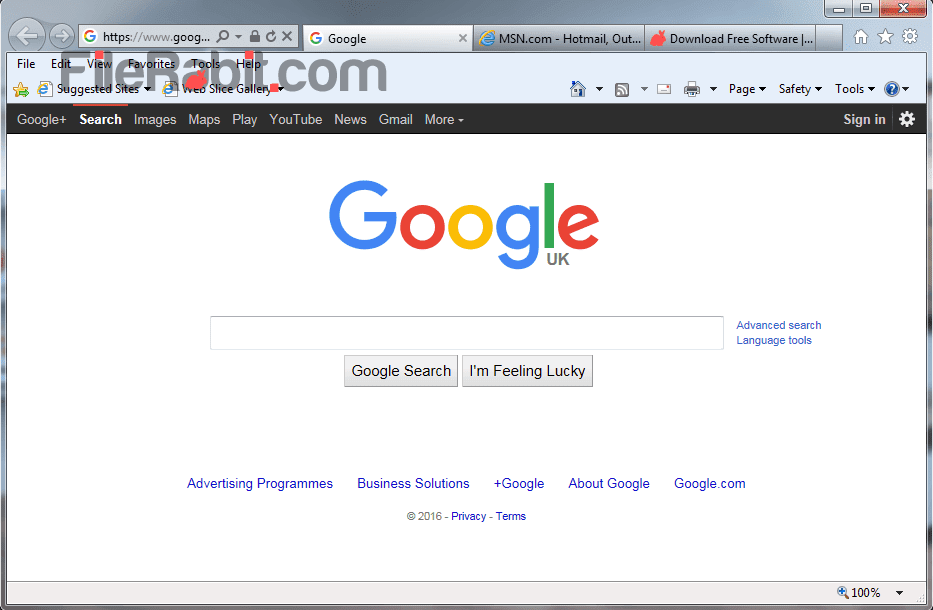
The DoJ won in its lawsuit against Microsoft because the company’s PC monopoly made it impossible for Netscape to compete with IE.

The goal was not so much to kill off other PC operating system vendors there wasn’t any real OS competition in the mid-‘90s. Microsoft strong-armed PC vendors into putting the new operating system and its browser on all their PCs. For example, IE 3.0 was the first browser to adopt Cascading Style Sheets (CSS) in 1996.īut the real reason we’re saying goodbye to IE only today, long after Netscape became history, is that Microsoft exploited its illegal PC/Windows monopoly to block Netscape from computers. But, Microsoft, in all fairness, had its moments too.
/cdn.vox-cdn.com/assets/808800/Internet_Explorer_10_Preview_4.png)
JavaScript, for example, is arguably the most popular programming language globally, and JavaScript was a Netscape creation. Netscape Communicator was where the real innovation happened.
#MICROSOFT IEXPLORER 10 TRIAL#
“I had never been in a meeting in my 33-year business career in which a competitor had so blatantly implied that we should either stop competing with it or the competitor would kill us,” Barksdale said during the Department of Justice’s 2001 antitrust trial against Microsoft.ĭespite that warning, Netscape continued to lead the technology revolution. If Netscape didn’t comply, Microsoft would crush it. Netscape CEO James Barksdale would later testify that in a June 1995 meeting, Microsoft proposed that the two companies split the browser market, with Internet Explorer being the only Windows browser. Andreessen boasted that Netscape would “reduce Windows to a set of poorly debugged device drivers.” Netscape in its sights
#MICROSOFT IEXPLORER 10 CODE#
It didn’t.Īt the same time, Andreessen took the Mosaic code and turned it into the first widely successful web browser, Netscape. The “About” window on IE1 to IE6 contained the text “Distributed under a licensing agreement with Spyglass, Inc.” There are claims that Microsoft innovated with IE. This Spyglass/Mosaic codebase would remain part of IE until IE7 was released. Microsoft would eventually settle with Spyglass for $8 million in 1997.

But Microsoft began bundling IE with Windows - and therefore had no profits. It also created bad blood with Spyglass, which had been promised a percentage of Microsoft’s profits from IE.
#MICROSOFT IEXPLORER 10 SOFTWARE#
This was the foundation of Internet Explorer (IE) 1, which debuted in August 1995, as part of Microsoft Plus for Windows 95, a Windows software add-on package. Its quick-fix answer was to adopt Spyglass, a commercial version of the successful Mosaic web browser. In May 1995, Gates started saying things like, “ The Internet is the most important single development to come along since the IBM PC was introduced in 1981” and comparing it to a tidal wave.Ī tidal wave or not, Microsoft still wasn’t ready. By 1995, Gates had realized that Microsoft needed something to offer all the users who desperately wanted a web browser.


 0 kommentar(er)
0 kommentar(er)
